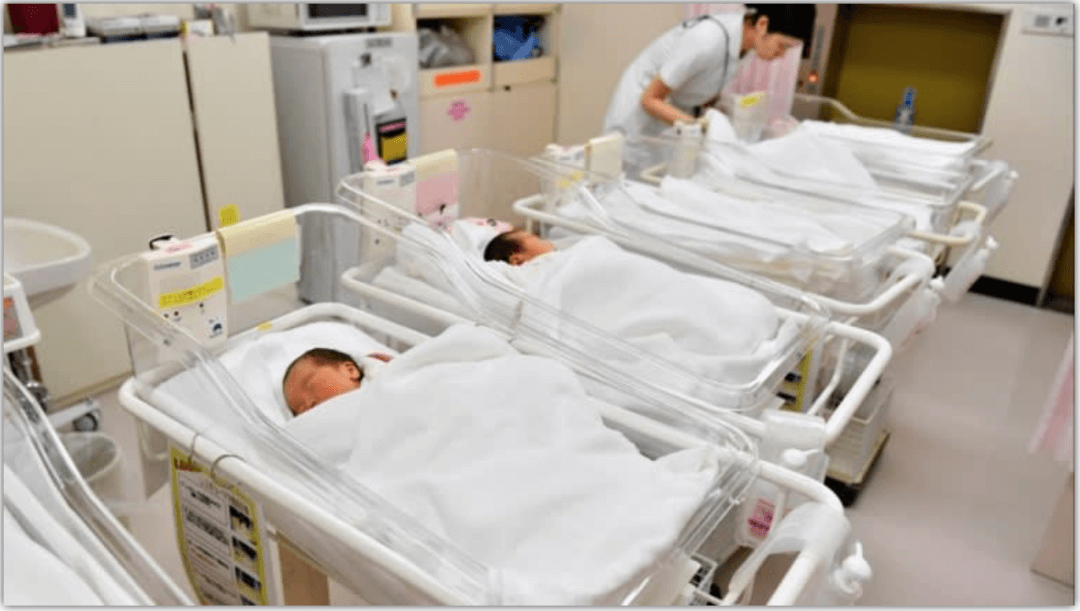
A city located in northern China has pledged cash incentives as part of its latest endeavor to increase the birth rate and address the challenges of an aging society.
Hohhot, the capital city of Inner Mongolia Autonomous Region in north China, will provide a one – time subsidy of 10,000 yuan (roughly 1,394 US dollars) to couples when they have their first child, as per a new regulation issued on Thursday. For the second child, a subsidy of 10,000 yuan per year will be given until the child reaches five years old. In the case of a third child or more, an annual subsidy of 10,000 yuan will be provided until the child turns 10, with the cumulative amount reaching up to 100,000 yuan, which is a relatively substantial sum compared to other cities.
Yang Zhong, the deputy director of the city’s health commission, stated that these measures are designed to raise the birth rate and promote population growth. “These policies are a significant step in response to the current local population development scenario,” he commented.
Data indicates that the population on China’s mainland reached 1.40828 billion by the end of 2024, showing a decrease of 1.39 million compared to the previous year, marking the third consecutive year of decline since 2021.
Statistics reveal that Hohhot, which is approximately a two – hour train journey north of Beijing, has a population of around 3.6 million. Yang said that the city’s birth rate had been on a downward trend from 2019 to 2023. In 2023, the birth rate was 5.58 births per 1,000 people. However, it experienced a slight uptick in 2024 as more couples were inclined to have children during the Year of the Dragon.
Although experts claim that the effectiveness of these birth incentives remains to be verified, many couples have greeted the policy favorably.
Yang Lixin, a 30 – year – old employee at a private company in Hohhot who already has a five – year – old child, said, “This policy has made us more confident in our decision to have a second child. The subsidies can alleviate the financial burden, especially in terms of maternity and childcare expenses.”


